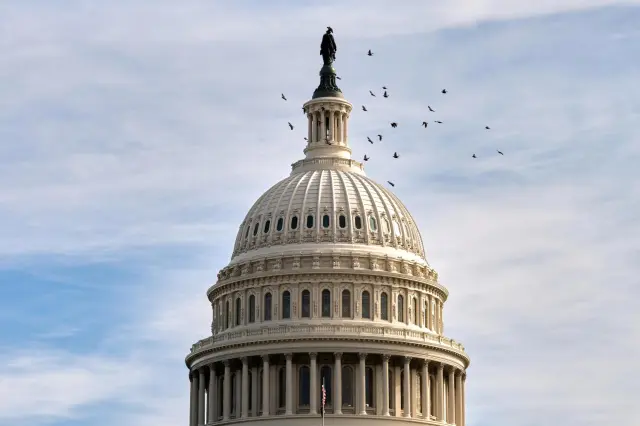TRUMP’S LNG PIVOT: MORE EXPORTS, LOWER PRICES—IF PIPELINES COOPERATE

What the plan promises (and what it can’t control)
The White House wants to double down on U.S. liquefied natural gas exports while promising cheaper energy at home. Industry math is tricky: export terminals lock in long contracts and move in multi-year cycles; domestic prices swing with weather, storage and pipeline bottlenecks. Europe’s demand is steadier than 2022 peaks but still significant, while Asia’s buyers seek flexible cargoes. Building and feeding new LNG trains requires permits, gas supply, and midstream capacity that communities must approve. Any expansion collides with debates over methane leaks and local air quality. Investors see opportunity, but cost of capital and legal risk can delay final investment decisions.
The next pressure points
Key variables loom. Winter heating loads and hurricane season can jar Gulf Coast operations. Appalachian gas needs more takeaway to reach the coast; without pipelines, cheap gas stays stranded and Henry Hub decouples from regional spot markets. If exports rise and storage lags, price dips can flip to spikes. The administration’s pitch—jobs, allies’ energy security, and lower bills—runs up against infrastructure timelines and court calendars. For climate math, methane monitoring and electrified compressors could blunt emissions intensity, but lifecycle questions remain. Utilities and heavy industry will hedge with efficiency and demand response even as LNG sails, because volatility—not just price level—drives bills.



















